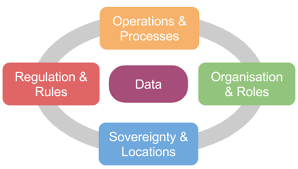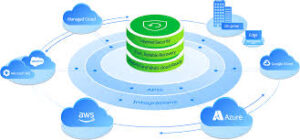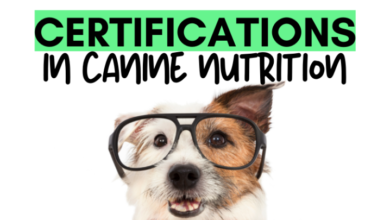5 Effective Hybrid Cloud Data Protection: Cloud Data Privacy

- Backing up data
- Evaluating built-in security
- Using file-level encryption
- Having strong credential policies
- Securely transferring data
- Securing devices
It involves using cloud services, platforms, or infrastructure to secure and safeguard data stored, processed, or transmitted within the cloud.
Cloud based data protection typically includes the following components:
1. Data Encryption: Encrypting data to ensure its confidentiality and prevent unauthorized access. This involves encrypting data at rest (stored data) and data in transit (data being transmitted between the cloud and users).
2. Access Controls: Implementing access management mechanisms to control and restrict user access to data. This includes authentication processes, user roles, and permissions management to ensure that only authorized individuals can access and modify data.
3. Data Backup and Recovery: Employing cloud-based backup and recovery solutions to create copies of data and enable its restoration in the event of data loss, damage, or system failure.
4. Security Monitoring and Incident Response: Utilizing cloud-based security monitoring tools and techniques to detect and respond to security incidents and potential breaches promptly. This includes monitoring for anomalous activities, intrusion detection, and swift incident response.
5. Compliance and Governance: Adhering to regulatory requirements and industry standards related to data protection, privacy, and security in the cloud. This involves ensuring compliance with applicable data protection regulations, such as the General Data Protection Regulation (GDPR) or the Health Insurance Portability and Accountability Act (HIPAA), and implementing governance policies to manage data effectively.
Cloud data privacy focuses on protecting the privacy and confidentiality of data stored in the cloud. It involves ensuring compliance with privacy regulations, establishing appropriate data handling practices, and safeguarding personally identifiable information (PII). Data ownership, consent, transparency, and the prevention of unauthorized access are key concerns in cloud data privacy. Responsibility for cloud data privacy is shared between the cloud provider and the client, with the provider typically responsible for the security of the cloud infrastructure, while the client is responsible for the security of their data.
Cloud data security, on the other hand, involves protecting data from various security threats and risks. This includes protecting data from unauthorized access, theft, loss, or corruption. Cloud data security measures encompass technologies, policies, and processes that ensure the confidentiality, integrity, and availability of data. It involves implementing authentication mechanisms, encryption, access controls, and monitoring systems to detect and mitigate security incidents.





